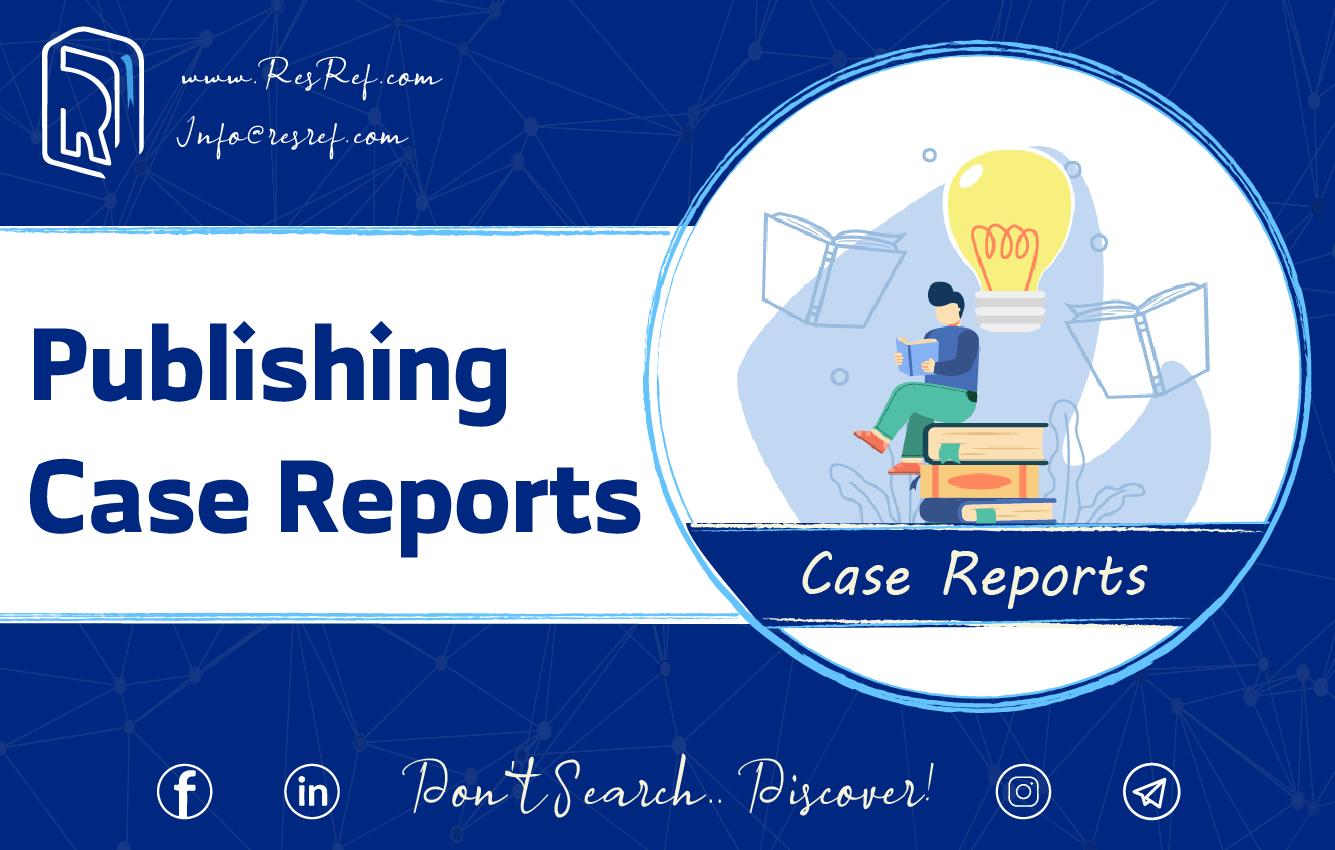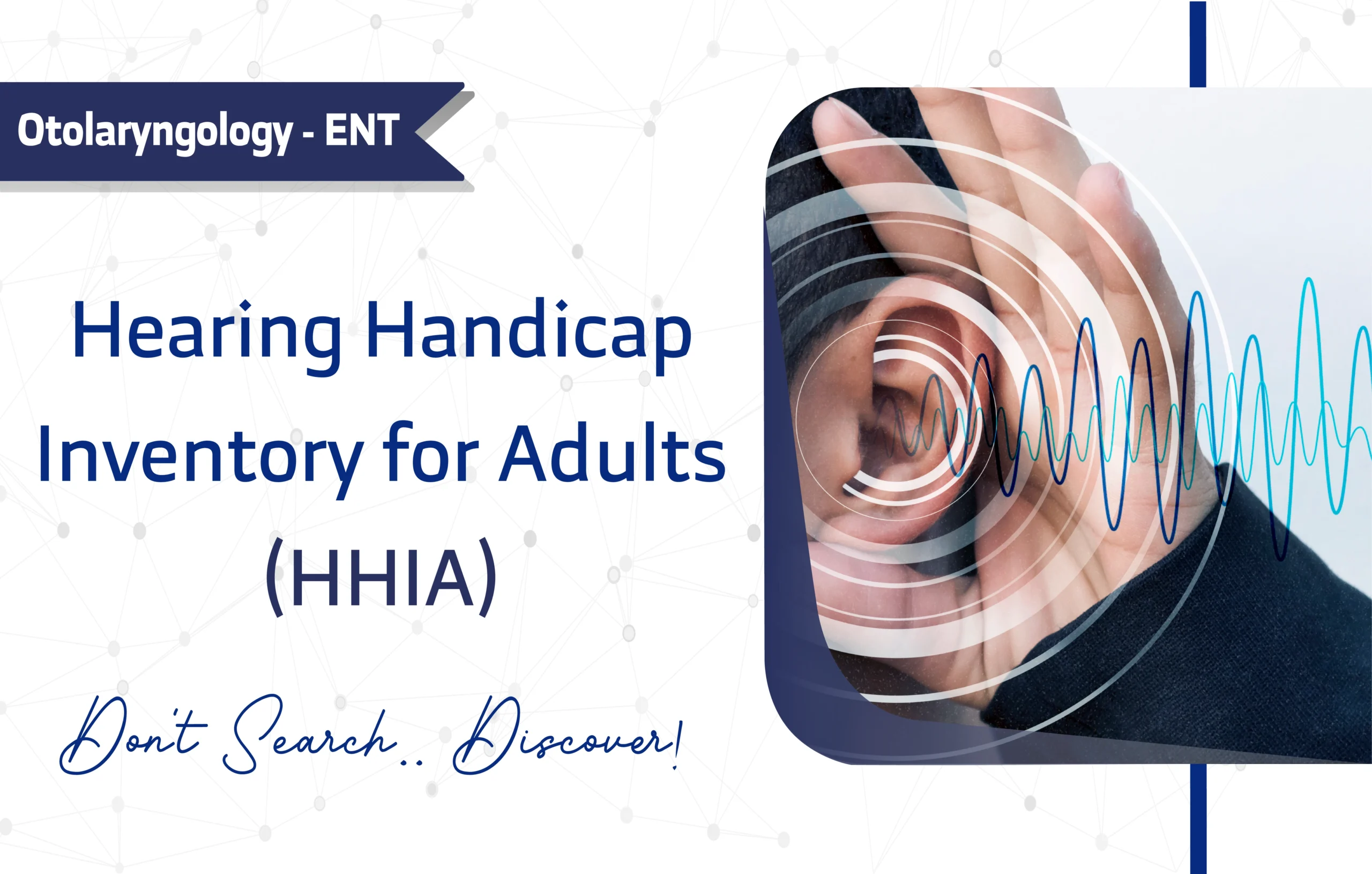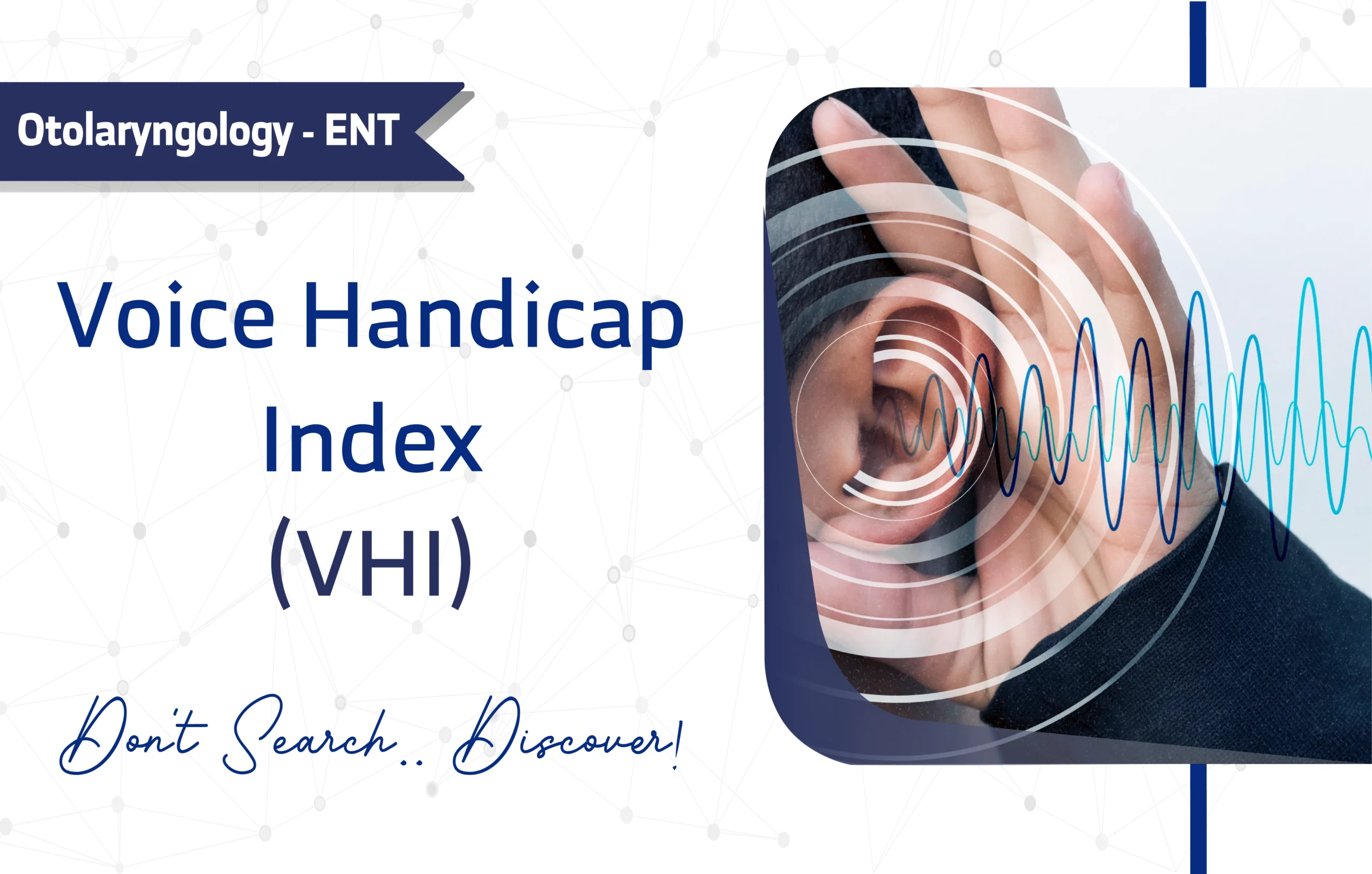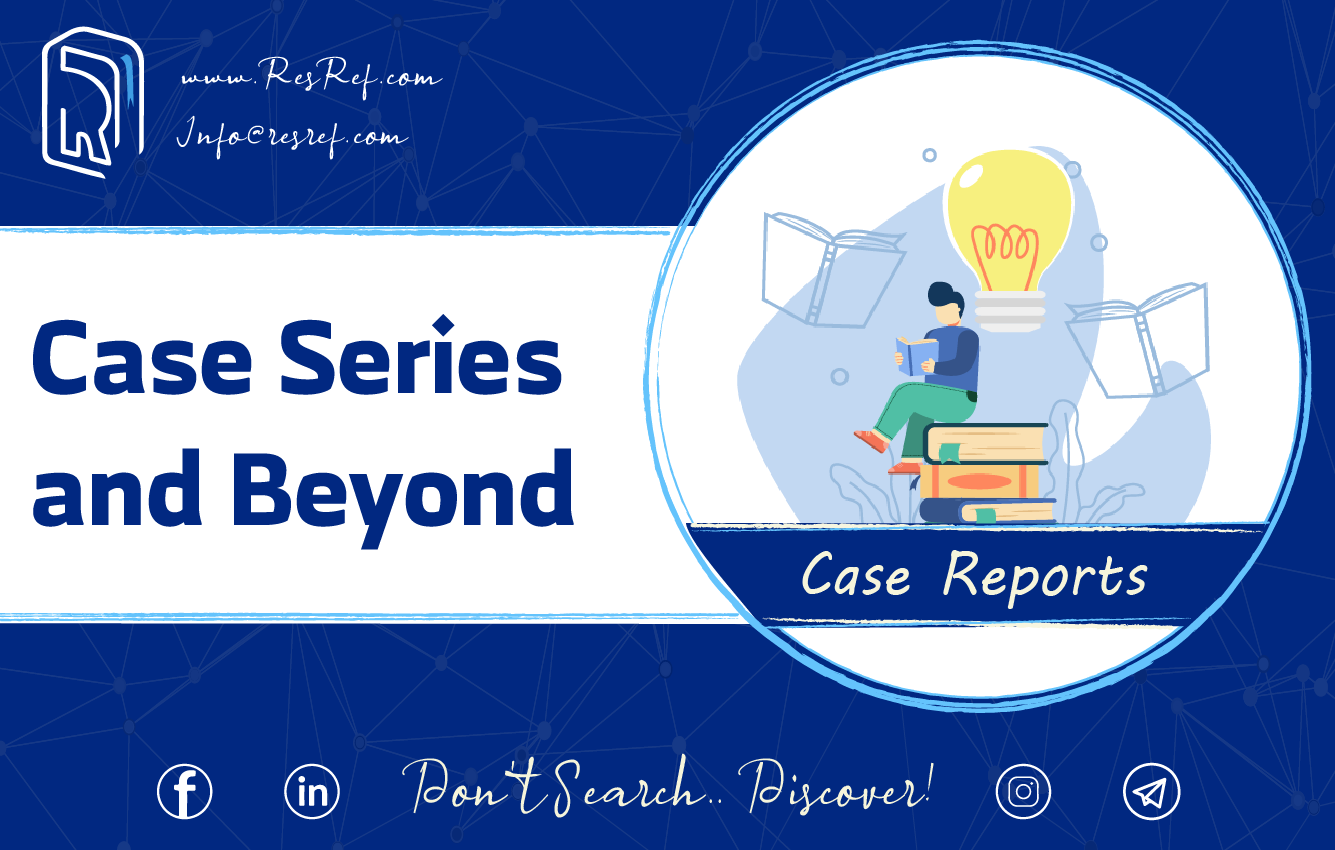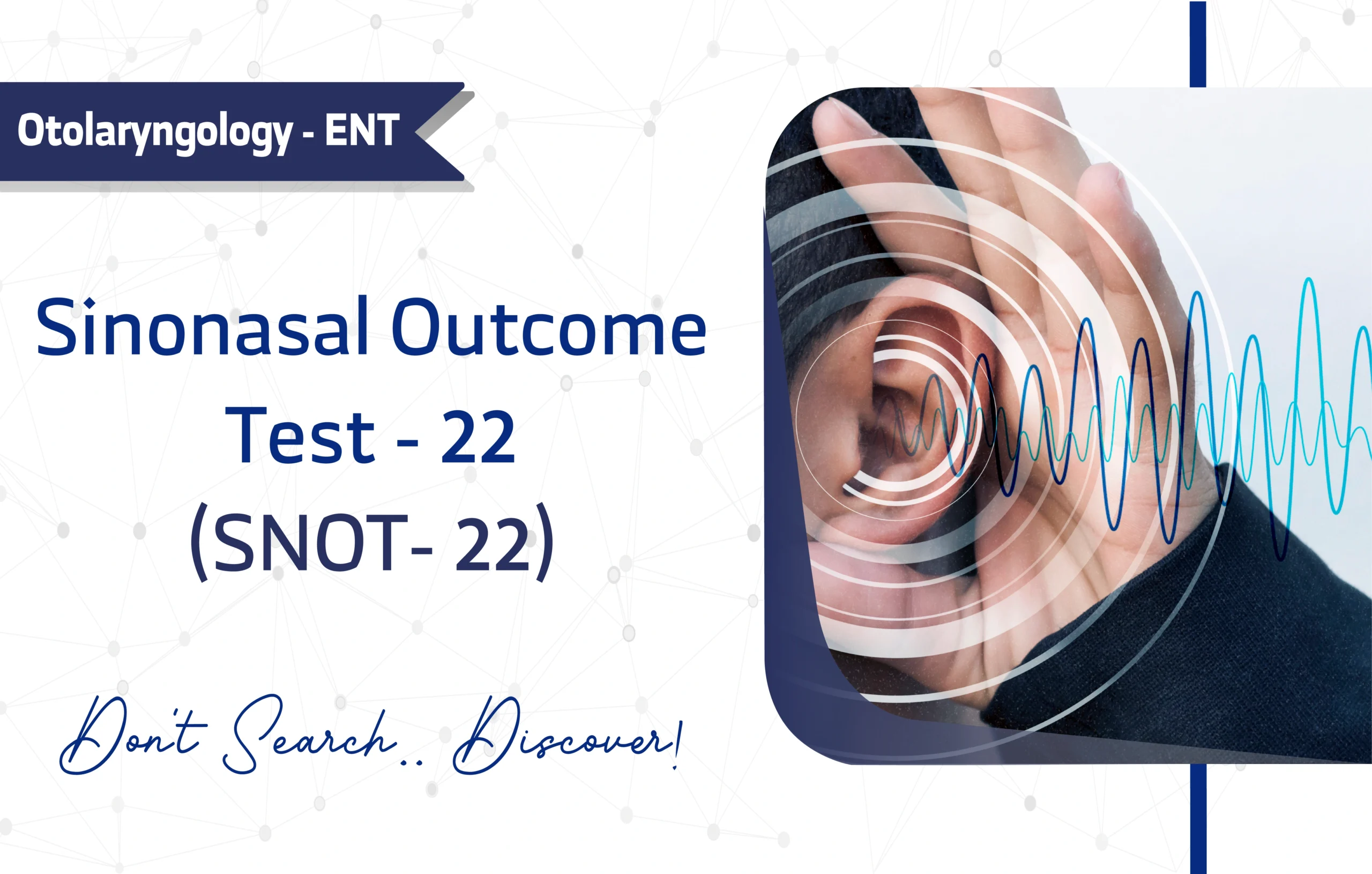Introduction
The Psoriasis Disability Index (PDI) is a pivotal tool for assessing the impact of psoriasis on patients’ quality of life. Developed in 1987 by A. Finlay and S. Kelly, and published by Clinical and Experimental Dermatology – Oxford University Press, the PDI has garnered over 1,200 citations on Google Scholar, reflecting its widespread use in dermatology research and clinical practice. Specifically designed for adults aged 16 and older, this self-administered questionnaire evaluates how psoriasis affects daily activities, relationships, and emotional well-being. Consequently, it provides researchers and clinicians with critical insights to enhance patient care.
This article explores the PDI’s features, scoring, applications, and limitations, offering a comprehensive resource for dermatology experts.
Key Features of the Psoriasis Disability Index (PDI)
Purpose and Use
The PDI measures the quality-of-life impact of psoriasis, focusing on functional and emotional disabilities. Unlike broader tools like the Dermatology Life Quality Index (DLQI), the PDI specifically targets psoriasis-related impairments, making it ideal for clinical trials and treatment evaluations.
Target Population
Designed for patients aged 16 and older, the PDI applies to young adults, middle-aged adults, and seniors with psoriasis. However, it is not suitable for pediatric populations, ensuring specificity for adult patients.
Structure
The PDI comprises 15 items grouped into five subscales:
- Daily Activities (5 items): Assesses impacts on tasks like shopping and housework.
- Work/School (3 items): Evaluates effects on employment or education.
- Personal Relationships (2 items): Measures disruptions in interactions and intimacy.
- Leisure Activities (4 items): Covers limitations in sports and hobbies.
- Treatment (1 item): Assesses challenges caused by therapy.
Each item uses a 4-point Likert scale, capturing the extent of impact over the past month. Moreover, the questionnaire takes less than 5 minutes to complete, enhancing its practicality.
Scoring Method
The PDI employs a 4-point Likert scale (0 = Not at all, 3 = Very much) for its 15 items. To calculate scores:
- Total Score: Sum all item scores, ranging from 0 to 45.
- Subscale Scores: Sum scores for each subscale (e.g., Daily Activities: 0–15).
- Special Considerations: Unanswered items are omitted, and scores are adjusted proportionally for comparisons.
Higher scores indicate greater disability. Notably, a change of ≥5 points is considered clinically meaningful, enabling clinicians to monitor treatment progress effectively.
Administration Format
The PDI takes less than 5 minutes to administer, making it highly efficient. It can be conducted via:
- Paper-based forms
- Digital (Online) platforms
- Interview (In-person)
- Phone/Video call
Its self-administered format, requiring no specialized training, enhances its practicality for busy clinical environments.
Applications of Psoriasis Disability Index (PDI)
The PDI serves multiple roles in dermatology:
- Screening: Identifies patients with significant quality-of-life impairments due to psoriasis.
- Monitoring: Tracks changes in disability over time, particularly in response to treatments.
- Treatment Planning: Guides clinicians in tailoring therapies based on patient-reported outcomes.
- Research: Widely used in clinical trials to evaluate treatment efficacy, as evidenced by its extensive citations.
For instance, its sensitivity to change makes it ideal for assessing novel therapies in psoriasis management. Furthermore, its focused design complements broader tools like the DLQI.
Languages and Availability
The PDI is available in multiple languages, including:
- Arabic
- English
- Mandarin Chinese
- Spanish
- French
- German
- Portuguese
- Japanese
- Hindi
- Along with more than 25 languages.
This multilingual accessibility supports its use in global research and clinical settings, ensuring broad applicability.
The Psoriasis Disability Index (PDI) requires permission for use, obtained by contacting the Technology Transfer Office at Cardiff University (technologytransfer@cardiff.ac.uk; +44 (0)29 2087 6378). This applies to all users, including clinicians, researchers, students, pharmaceutical companies, and for-profit organizations. The license ensures proper usage and adherence to copyright regulations. For more information on licensing and to request permission, please visit the PDI page on Cardiff University’s website. The PDI operates under a restricted access license.
Reliability and Validity
The PDI is recognized as a highly reliable and valid instrument for assessing psoriasis-related disability. Its psychometric strength is demonstrated by a solid Cronbach’s alpha of 0.91, indicating good internal consistency. Additionally, it has shown strong test-retest reliability, confirming its stability over time.
Validation Study:
Limitations and Considerations
However, despite its strengths, the PDI has a limitation:
- Self-report: Respondents may be influenced by social desirability bias or personal interpretation.
Nevertheless, its robust validation and focused design make it a cornerstone in psoriasis research.
Other Versions and Related Questionnaires
Complementary Questionnaires
- Dermatology Life Quality Index (DLQI): Assesses broader dermatological quality-of-life impacts.
- Psoriasis Area and Severity Index (PASI): Measures psoriasis severity, complementing PDI’s quality-of-life focus.
- Short Form-36 (SF-36): Evaluates general health-related quality of life.
Additional Resources
For more information on the PDI and to access the full questionnaire, visit the following resources:
- Access the PDI as a PDF through this link.
- Access the official source through this link.
- For inquiries, contact Dr. Faraz Ali at dermqol@cardiff.ac.uk, Joy Hayes at hayesj@cardiff.ac.uk or Technology Transfer Office at technologytransfer@cardiff.ac.uk; +44 (0)29 2087 6378.
- For additional PDI resources, consult Oxford University Press.
Frequently Asked Questions (FAQ)
- Who can use the PDI?
Clinicians, researchers, and healthcare providers use the PDI for patients aged 16 and older with psoriasis. - How long does it take to complete the PDI?
Patients typically take less than 5 minutes to complete the PDI, making it feasible for clinical and research settings. - How is the PDI administered?
Healthcare teams can administer the PDI via paper-based, digital (online), Interview (in-person), or Phone/Video Call formats, offering flexibility in usage. - Is there any cost to using the PDI?
The Psoriasis Disability Index (PDI) requires permission for use, obtained by contacting the Technology Transfer Office at Cardiff University.
A word from ResRef about Psoriasis Disability Index (PDI)
The Psoriasis Disability Index (PDI) is a concise, reliable, and validated tool specifically designed to measure the impact of psoriasis on patients’ quality of life. Its ease of administration and scoring make it practical for both clinical and research settings. The availability of translations in multiple languages enhances its applicability across diverse populations. While it is a self-report measure and may have some limitations, the PDI remains a valuable instrument for assessing the functional disabilities associated with psoriasis. Clinicians and researchers can utilize the PDI to monitor disease impact and treatment outcomes effectively.
References
- Y. FINLAY, S. E. KELLY, Psoriasis‐an index of disability, Clinical and Experimental Dermatology, Volume 12, Issue 1, 1 January 1987, Pages 8–11, (link)
- He Z, Lu C, Ou A, Fang J, Wang D, Deng J, Zhang Z, Yu J. Reliability and validity of the Chinese version of the Psoriasis Disability Index (PDI) in Chinese patients with psoriasis. Health Qual Life Outcomes. 2012 Apr 13;10:37. doi: 10.1186/1477-7525-10-37. PMID: 22500772; PMCID: PMC3464895. (link)



